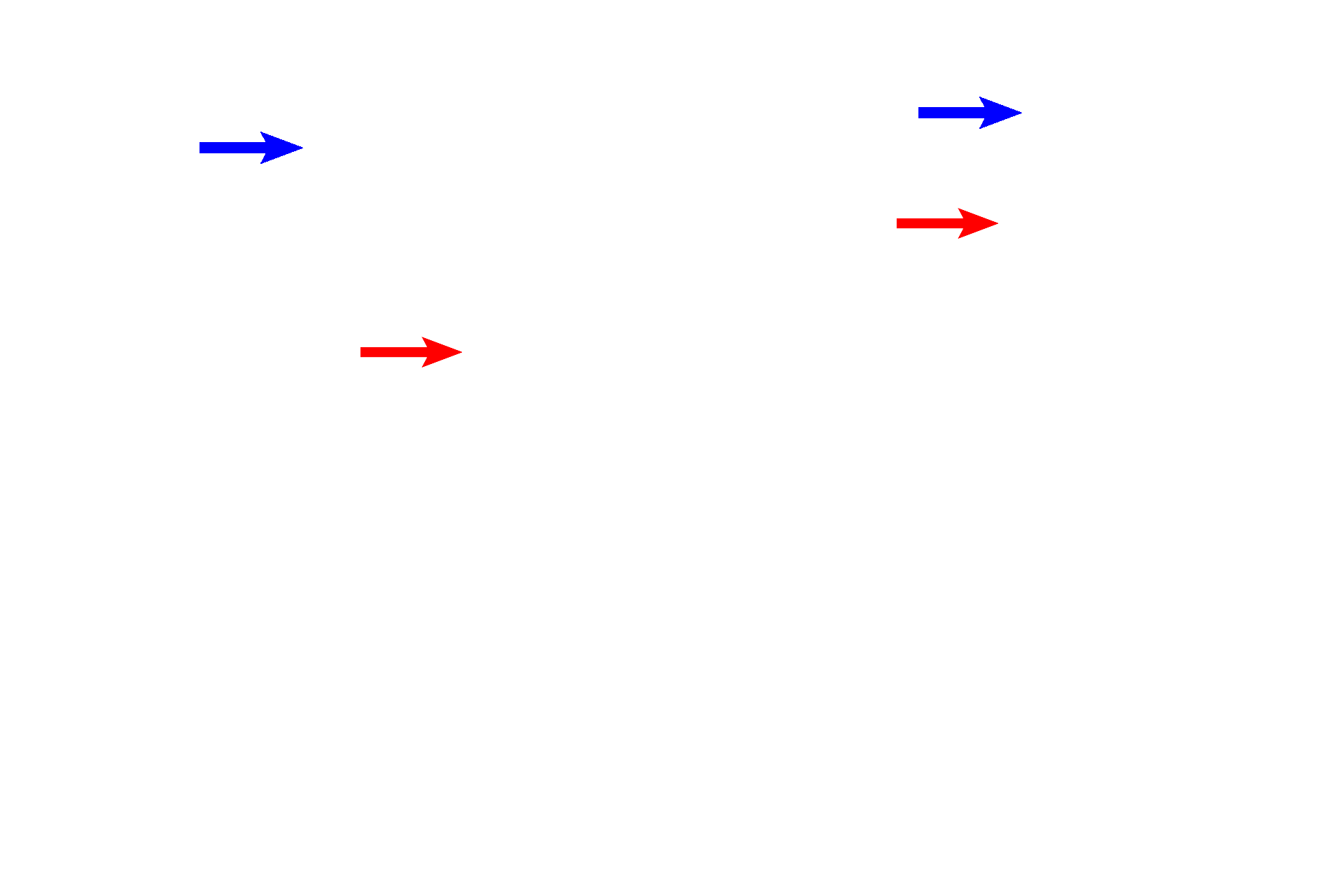
Testis: spermatogenesis
Spermatogenesis, the formation of haploid spermatozoa from diploid spermatogonia, has four phases: spermatocytogenesis, meiosis, spermiogenesis and spermiation. Cytokinesis is incomplete throughout spermatogenesis, resulting in similar cells remaining attached to each other throughout the process.

Spermatocytogenesis >
Spermatogonia (red arrows) divide by mitosis (black arrow on right) to perpetuate themselves or to form primary spermatocytes (blue arrows), a process called spermatocytogenesis. Primary spermatocytes are located first in the basal compartment (below the dotted line on the right) but migrate through the blood-testis barrier into the adluminal compartment.

Meiosis >
Meiosis is a two-division process whereby diploid primary spermatocytes (blue arrows) divide by the first meiotic division (black arrow on right) into haploid secondary spermatocytes (red arrows). Secondary spermatocyes divide by the second meiotic division (green arrow on right) to form haploid spermatids (light blue arrows).

Spermiogenesis >
No cell division occurs during spermiogenesis. Rather, spermatids undergo cytodifferentiation where spherical spermatids (red arrows) are transformed into tadpole-shaped spermatids (blue arrows): nuclei elongate and become eccentrically located; a flagellum and an acrosome are formed; united cells are separated; and excess cytoplasm is shed.

Spermiation >
Spermiation is the process of the release of mature spermatozoa (red arrows) from the Sertoli cell into the lumen of the convoluted portion of the seminiferous tubule.